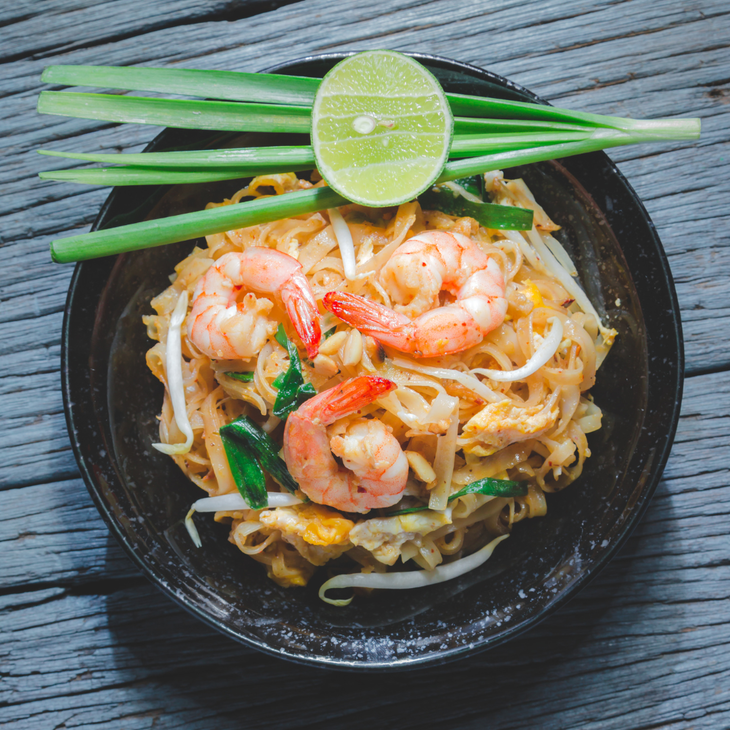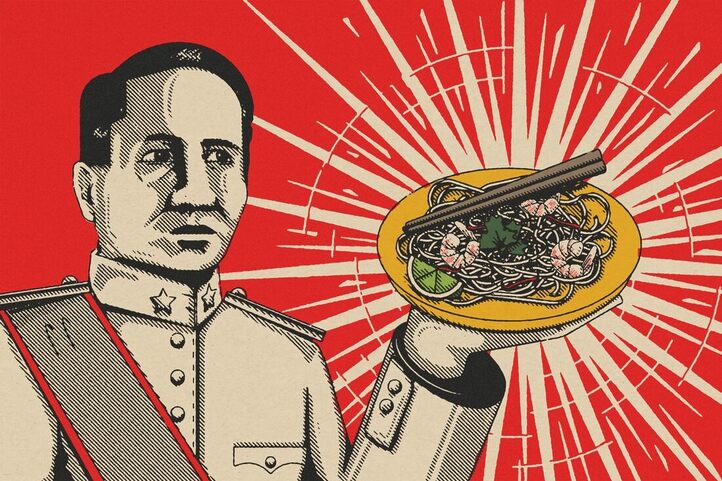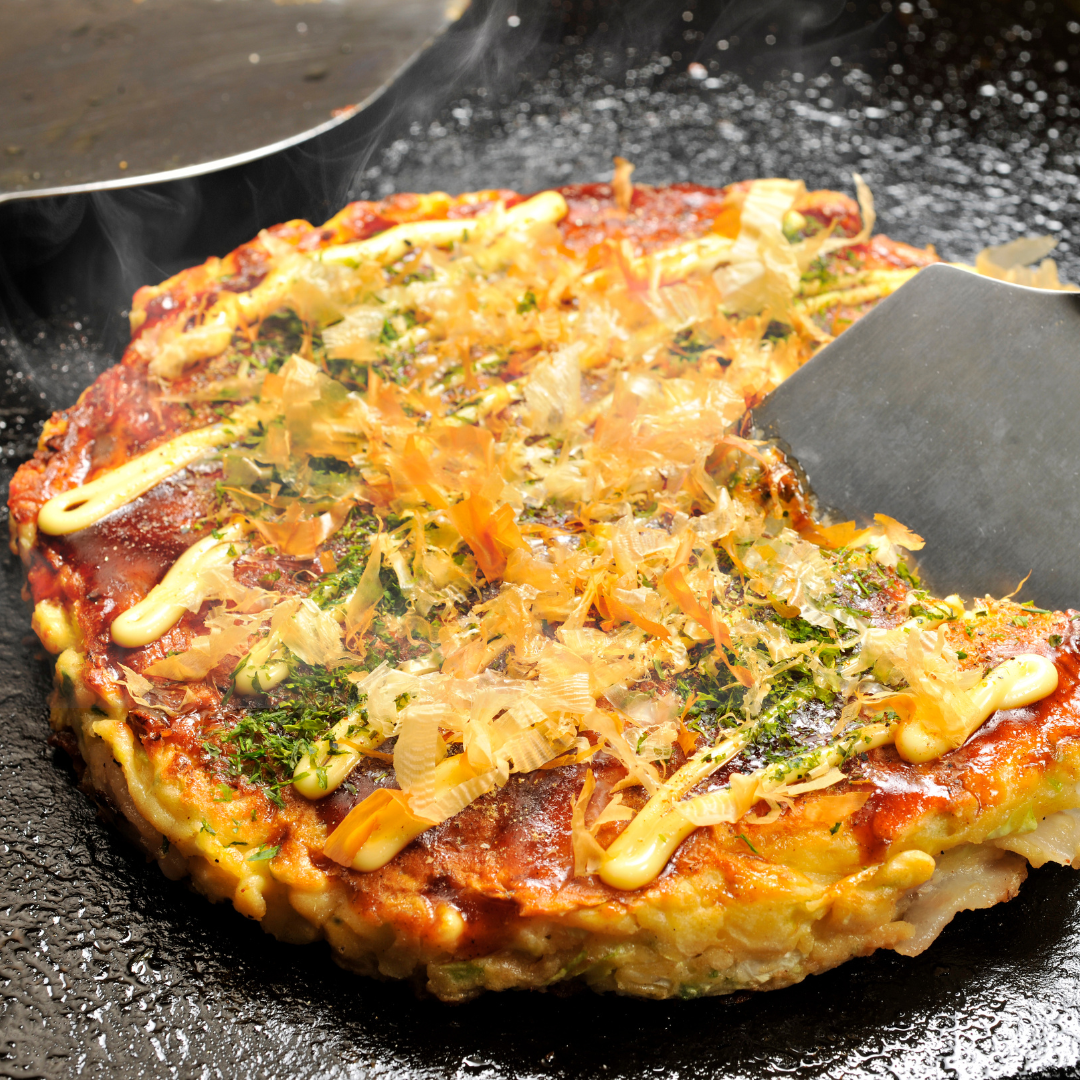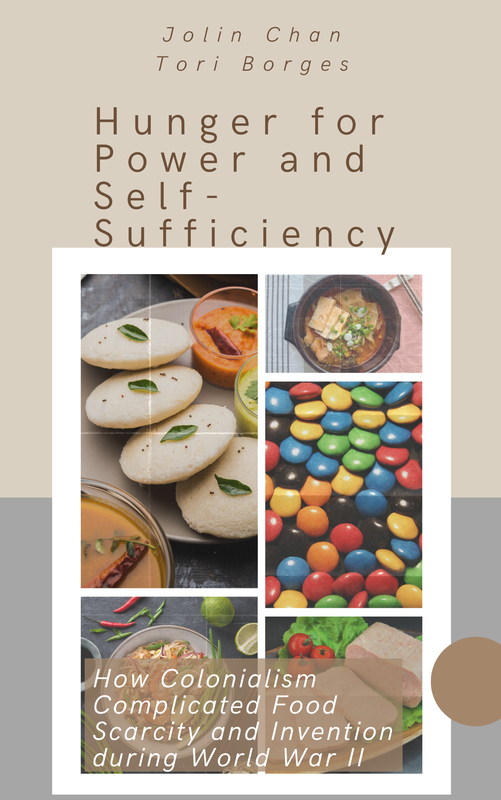- Home
- Stories
-
Internship
- Summer 2024 Internship
- Summer 2023 Internship
- Fall 2022 Internship
- Summer 2022 Internship
- Summer 2021 Internship
- Fall 2020- Spring 2021 Internship
- Summer 2020 Internship
- Fall 2019 Internship
- Summer 2019 Internship >
- School Year 2018-2019 Internship
- Summer 2018 Internship >
- Fall 2017 Internship
- Summer 2017 Internship >
- Books
- Archives
-
Resource Page
-
Supplementary Research Guides
>
- Unit 731 - Guide >
-
Philippines' Resistance - Guide
>
- Philippines World War II Timeline
- The Japanese Invasion & Conquest of the Philippines
- Bataan Death March
- Formation of Underground Philippines Resistance
- Supplies of the Guerrilla Fighters
- The Hukbalahap
- Hunter's ROTC
- Marking's Guerrillas
- United States Army Forces in the Philippines of Northern Luzon (USAFIP-NL)
- The Aetas
- Chinese and Filipino-Chinese Nationalist Guerrilla Units
- The Female Faces of the Philippine Guerrillas
- Rising Sun Flag - Guide >
- Pinay Guerrilleras - Guide >
- Fall of Singapore - Guide >
- Three Years and Eight Months - Guide >
- Siamese Sovereignty - Guide >
- The Khabarovsk War Crimes Trial - Guide >
- Unit 731 Cover-up : The Operation Paperclip of the East - Guide >
- Marutas of Unit 731 - Guide >
- Prince Konoe Memoir - Guide >
- Competing Empires in Burma - Guide >
- Battle of Shanghai - Guide >
- Ishi Shiro - Guide >
- Taiwan The Israel of the East - Guide >
- Seeking Justice for Biological Warfare Victims of Unit 731 - Guide >
- Rice and Revolution - Guide >
- Clash of Empires - Guide >
-
Hunger for Power and Self-SufficiencyI - Guide
>
- The Influence of War Rations on Post-War Culinary Transformations
- How World War II Complicated Food Scarcity and Invention
- American Military Innovations
- Government-Sponsored Food Inventions in Europe during World War II
- Feeding the Army: The Adaptation of Japanese Military Cuisine and Its Impact on the Philippines
- Mixed Dishes: Culinary Innovations Driven by Necessity and Food Scarcity
-
Denial A Quick Look of History of Comfort Women and Present Days’ Complication - Guide
>
- The Comfort Women System and the Fight for Recognition
- The Role of Activism and International Pressure
- The Controversy over Japanese History Textbooks
- The Sonyŏsang Statue and the Symbolism of Public Memorials
- Activism and Support from Japanese Citizens
- The Future of Comfort Women Memorials and Education
- Echoes of Empire: The Power of Japanese Propaganda - Guide >
- Lesson Plans >
-
Supplementary Research Guides
>
The Impact of Phibunsongkhram's Cultural Mandates on Thai Traditions and Ethnic Diversity
Japan's invasion of the region was swift, occurring at the end of 1941 and continuing into 1942. The Japanese occupation and World War II inflicted significant hardships on Southeast Asian countries, such as high prices and widespread scarcity. Vietnam and Java were the hardest hit, with famines resulting in numerous deaths. Thailand, however, was among the least affected countries in Southeast Asia. The nation not only produced its own rice but also exported it to other countries, which meant that it did not rely as heavily on trade as others.
Nonetheless, rationing and shortages of certain food items were still a part of daily life in Thailand. Rationing for fuel oil and gasoline began early on, and after the Japanese arrived, even more rationing was necessary—this time, for a wide range of imports. People utilized ration coupons to obtain rice, lard, and sugar, and both rationing shops and black markets emerged to accommodate the new system.
Nonetheless, rationing and shortages of certain food items were still a part of daily life in Thailand. Rationing for fuel oil and gasoline began early on, and after the Japanese arrived, even more rationing was necessary—this time, for a wide range of imports. People utilized ration coupons to obtain rice, lard, and sugar, and both rationing shops and black markets emerged to accommodate the new system.
One of Thailand's national dishes, Pad Thai, rose to prominence due to the shortages brought on by World War II (Figure 10). While Pad Thai has come to represent Thai cuisine and its many dishes, its history reveals a story of fusion, scarcity, and nationalism. Although "Thai" is in the name, the famous noodle dish might actually have its origins in Chinese cooking. The full name, kway teow pad Thai, refers to the rice noodles used in the dish, with "kway teow" being a Chinese term. Chinese immigrants who settled in Thailand likely brought rice noodles, stir-frying techniques in a wok, and Cantonese and Teochew culinary knowledge to the country, culminating in the first prototype of Pad Thai. The addition of ingredients such as protein, tamarind paste, sugar, fish sauce, bean sprouts, and chopped peanuts—to name just a few—is what makes it a complete Pad Thai dish.
From a necessity standpoint, Pad Thai was the perfect dish for World War II for three reasons: substitution, sanitation, and scarcity. Asia was experiencing a rice crisis, but cooking and eating Pad Thai meant reducing rice consumption. Rice noodles do contain rice flour; however, it is mixed with tapioca starch and water, which allowed people at the time to stretch a scarce ingredient. Pad Thai's plethora of ingredients also meant that it was a nutritious option for those facing food scarcity. Additionally, it was viewed as a way to promote sanitation and clean cooking, as the dish requires cooking the ingredients in a hot, clean wok. Finally, the noodle dish offered a solution to the economic problems brought on by scarcity. Costing only three pennies, it was both an affordable and quick meal, as well as a way for people to earn money. Given the economic conditions of the time, people were encouraged to grow their own vegetables and use the government-supplied recipe for Pad Thai. The government also provided people with noodle carts, which they could wheel around and simultaneously cook and sell Pad Thai to the public.
From a necessity standpoint, Pad Thai was the perfect dish for World War II for three reasons: substitution, sanitation, and scarcity. Asia was experiencing a rice crisis, but cooking and eating Pad Thai meant reducing rice consumption. Rice noodles do contain rice flour; however, it is mixed with tapioca starch and water, which allowed people at the time to stretch a scarce ingredient. Pad Thai's plethora of ingredients also meant that it was a nutritious option for those facing food scarcity. Additionally, it was viewed as a way to promote sanitation and clean cooking, as the dish requires cooking the ingredients in a hot, clean wok. Finally, the noodle dish offered a solution to the economic problems brought on by scarcity. Costing only three pennies, it was both an affordable and quick meal, as well as a way for people to earn money. Given the economic conditions of the time, people were encouraged to grow their own vegetables and use the government-supplied recipe for Pad Thai. The government also provided people with noodle carts, which they could wheel around and simultaneously cook and sell Pad Thai to the public.
Prime Minister Plaek Phibunsongkhram promoted Pad Thai for its various qualities, popularizing it as a quintessential dish in the 1940s. However, another of Phibunsongkhram's primary concerns was the independence and identity of the nation. Although Japan's influence on Thailand was less significant than other Southeast Asian countries, the threat was not entirely eliminated. In the eyes of the prime minister, promoting Pad Thai—which did not originally bear that name—as the ultimate Thai dish would also provide an opportunity to foster national culture. The simple noodle dish symbolized a sense of pride in being Thai and a hope for self-sufficiency.
As Asia became embroiled in World War II, Phibunsongkhram enacted cultural mandates in hopes of maintaining Thailand's independence, particularly as Japan sought to invade and occupy Southeast Asia for its resources. Through a cultural revolution, he aimed for Thailand to appear "civilized" in the eyes of other countries, including Japan. To achieve this, Phibunsongkhram and his government established twelve Cultural Mandates to cultivate a strong Thai identity.
Phibunsongkhram's mandates involved changing the country's name from Siam to Thailand, protecting the nation, and encouraging the consumption of foods made from Thai products. People were urged to learn new etiquette rules, eat more nutritious meals, and more. However, in implementing these mandates, parts of the culture and history were at risk of being lost. His rules prohibited the languages of ethnic minorities and the traditional clothing of various tribes.
As Asia became embroiled in World War II, Phibunsongkhram enacted cultural mandates in hopes of maintaining Thailand's independence, particularly as Japan sought to invade and occupy Southeast Asia for its resources. Through a cultural revolution, he aimed for Thailand to appear "civilized" in the eyes of other countries, including Japan. To achieve this, Phibunsongkhram and his government established twelve Cultural Mandates to cultivate a strong Thai identity.
Phibunsongkhram's mandates involved changing the country's name from Siam to Thailand, protecting the nation, and encouraging the consumption of foods made from Thai products. People were urged to learn new etiquette rules, eat more nutritious meals, and more. However, in implementing these mandates, parts of the culture and history were at risk of being lost. His rules prohibited the languages of ethnic minorities and the traditional clothing of various tribes.
The Emergence of Mixed Dishes in Times of War and Scarcity
Thailand was not the only country with what could be called "mixed" dishes—meals that consisted of combining whatever ingredients were available due to food scarcity. These dishes were created not to impress but rather to sustain and nourish. They often had many variations and differed from household to household since not everyone had access to the same ingredients.
One example is Japan's okonomiyaki, a cabbage pancake that has regional variations and a name that translates to "whatever you want." While the main components include flour and thinly sliced cabbage, a modern-day rivalry exists between Osaka's okonomiyaki—made with cabbage, flour, eggs, and pork belly—and Hiroshima's layered okonomiyaki, which features cabbage, soba, and sauce sandwiched between crepe-like layers. However, before this rivalry emerged, okonomiyaki gained popularity due to the atomic bombings and the desperation brought on by food scarcity. People worked with what they had after the devastating atomic bombings, creating a "mixed" dish with the available ingredients, including cabbage, onions, and flour from United States rations in postwar Japan.
One example is Japan's okonomiyaki, a cabbage pancake that has regional variations and a name that translates to "whatever you want." While the main components include flour and thinly sliced cabbage, a modern-day rivalry exists between Osaka's okonomiyaki—made with cabbage, flour, eggs, and pork belly—and Hiroshima's layered okonomiyaki, which features cabbage, soba, and sauce sandwiched between crepe-like layers. However, before this rivalry emerged, okonomiyaki gained popularity due to the atomic bombings and the desperation brought on by food scarcity. People worked with what they had after the devastating atomic bombings, creating a "mixed" dish with the available ingredients, including cabbage, onions, and flour from United States rations in postwar Japan.
Related Book
|
|
Hunger for Power and Self-Sufficiency: How Colonialism Complicated Food Scarcity and Invention during World War IIDiscover the hidden food history of World War II that mainstream narratives have overlooked. While the war conjures images of genocide and ceaseless violence, it's important to address the histories of colonized peoples during this time. Learn how contrasting food inventions between colonial powers and their holdings during World War II shed light on these marginalized histories.
Explore how America's emergence as a world power during World War II led to the introduction of iconic food items like SPAM and M&Ms. These food inventions profoundly impacted the military and were later incorporated into some American dishes after the war. Discover how the relationship between entrepreneurs and the American military was vital to food invention, and how food science led to popular American snack foods. Find out how the American military introduced their own food inventions to subjugated places, spurring more food innovation in places they had colonized and waged war. Learn how SPAM became a key part of history during the war in places like Hawaii, Korea, and Okinawa, and how it continues to sustain them today. Discover how Europe's food invention was less connected to the military, with homefront food invention being government sponsored. Explore how citizens of these powers were better off during times of extreme food shortages and rationing than others. Explore the contrasting food history of the Bengal Famine, where millions of deaths occurred due to the British colony's whims. Discover how food invention was still possible during these times, showing perseverance, and how similar themes emerged in other parts of Asia. Learn how colonized people showed ingenuity in the face of starvation and how the differences in how colonizing and colonized spaces dealt with food insecurity during World War II reveal the glaring inequality in homefront experiences. |
|
Pacific Atrocities Education
730 Commercial Street San Francisco, CA 94108 415-988-9889 |
Copyright © 2021 Pacific Atrocities Education.
We are a registered 501 (c)(3) charity. |
- Home
- Stories
-
Internship
- Summer 2024 Internship
- Summer 2023 Internship
- Fall 2022 Internship
- Summer 2022 Internship
- Summer 2021 Internship
- Fall 2020- Spring 2021 Internship
- Summer 2020 Internship
- Fall 2019 Internship
- Summer 2019 Internship >
- School Year 2018-2019 Internship
- Summer 2018 Internship >
- Fall 2017 Internship
- Summer 2017 Internship >
- Books
- Archives
-
Resource Page
-
Supplementary Research Guides
>
- Unit 731 - Guide >
-
Philippines' Resistance - Guide
>
- Philippines World War II Timeline
- The Japanese Invasion & Conquest of the Philippines
- Bataan Death March
- Formation of Underground Philippines Resistance
- Supplies of the Guerrilla Fighters
- The Hukbalahap
- Hunter's ROTC
- Marking's Guerrillas
- United States Army Forces in the Philippines of Northern Luzon (USAFIP-NL)
- The Aetas
- Chinese and Filipino-Chinese Nationalist Guerrilla Units
- The Female Faces of the Philippine Guerrillas
- Rising Sun Flag - Guide >
- Pinay Guerrilleras - Guide >
- Fall of Singapore - Guide >
- Three Years and Eight Months - Guide >
- Siamese Sovereignty - Guide >
- The Khabarovsk War Crimes Trial - Guide >
- Unit 731 Cover-up : The Operation Paperclip of the East - Guide >
- Marutas of Unit 731 - Guide >
- Prince Konoe Memoir - Guide >
- Competing Empires in Burma - Guide >
- Battle of Shanghai - Guide >
- Ishi Shiro - Guide >
- Taiwan The Israel of the East - Guide >
- Seeking Justice for Biological Warfare Victims of Unit 731 - Guide >
- Rice and Revolution - Guide >
- Clash of Empires - Guide >
-
Hunger for Power and Self-SufficiencyI - Guide
>
- The Influence of War Rations on Post-War Culinary Transformations
- How World War II Complicated Food Scarcity and Invention
- American Military Innovations
- Government-Sponsored Food Inventions in Europe during World War II
- Feeding the Army: The Adaptation of Japanese Military Cuisine and Its Impact on the Philippines
- Mixed Dishes: Culinary Innovations Driven by Necessity and Food Scarcity
-
Denial A Quick Look of History of Comfort Women and Present Days’ Complication - Guide
>
- The Comfort Women System and the Fight for Recognition
- The Role of Activism and International Pressure
- The Controversy over Japanese History Textbooks
- The Sonyŏsang Statue and the Symbolism of Public Memorials
- Activism and Support from Japanese Citizens
- The Future of Comfort Women Memorials and Education
- Echoes of Empire: The Power of Japanese Propaganda - Guide >
- Lesson Plans >
-
Supplementary Research Guides
>



